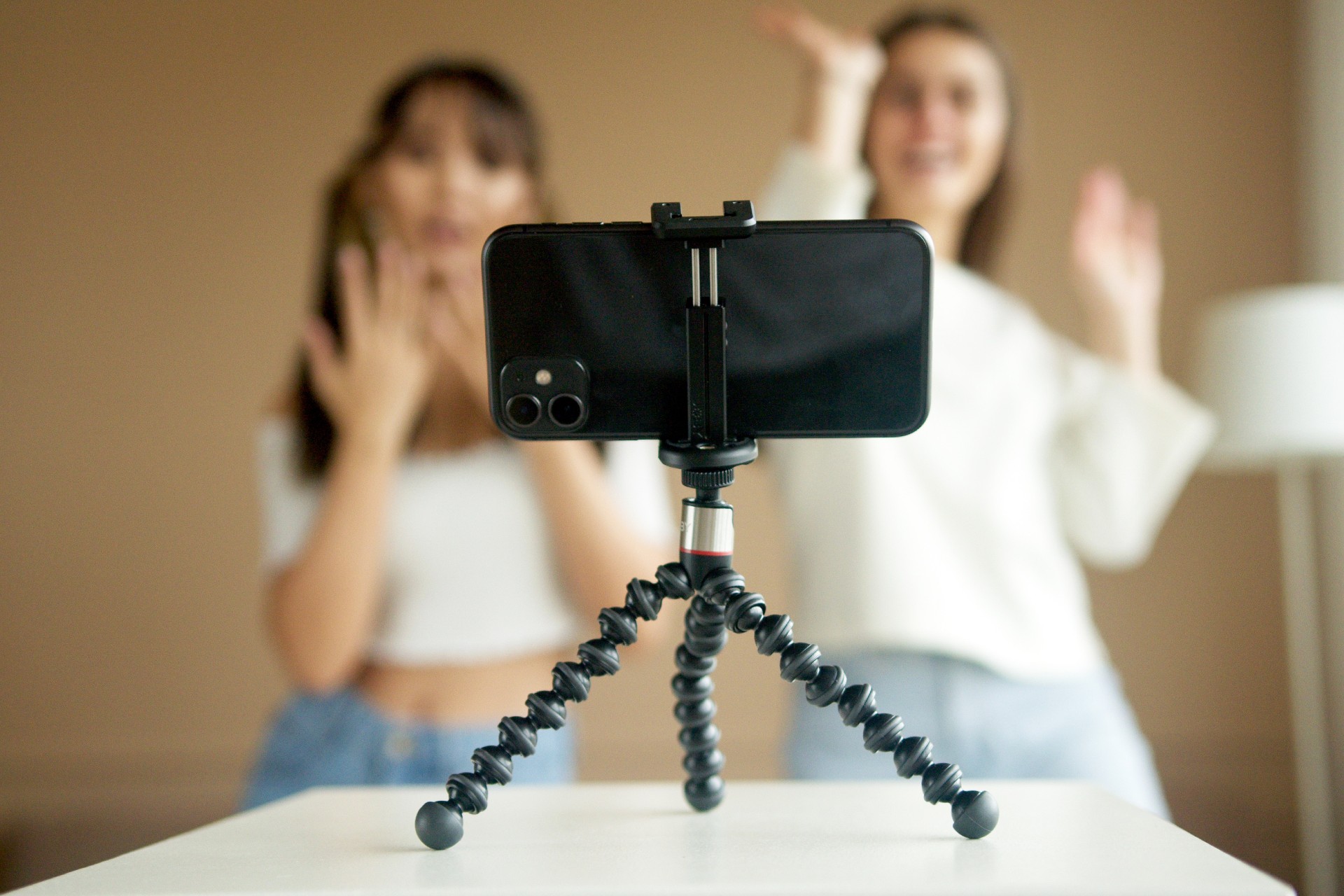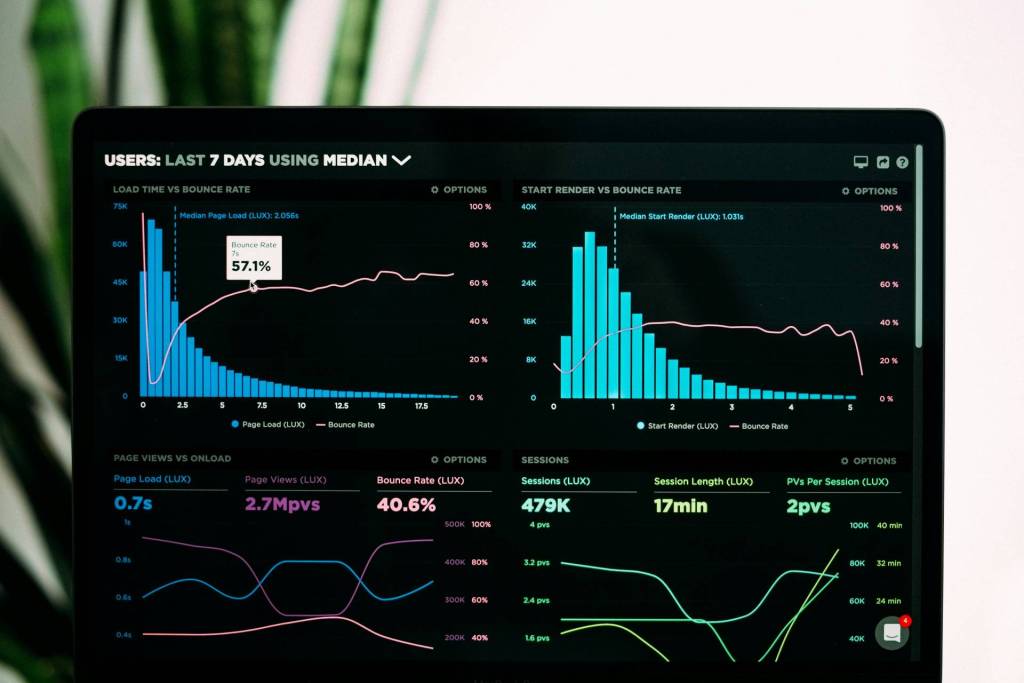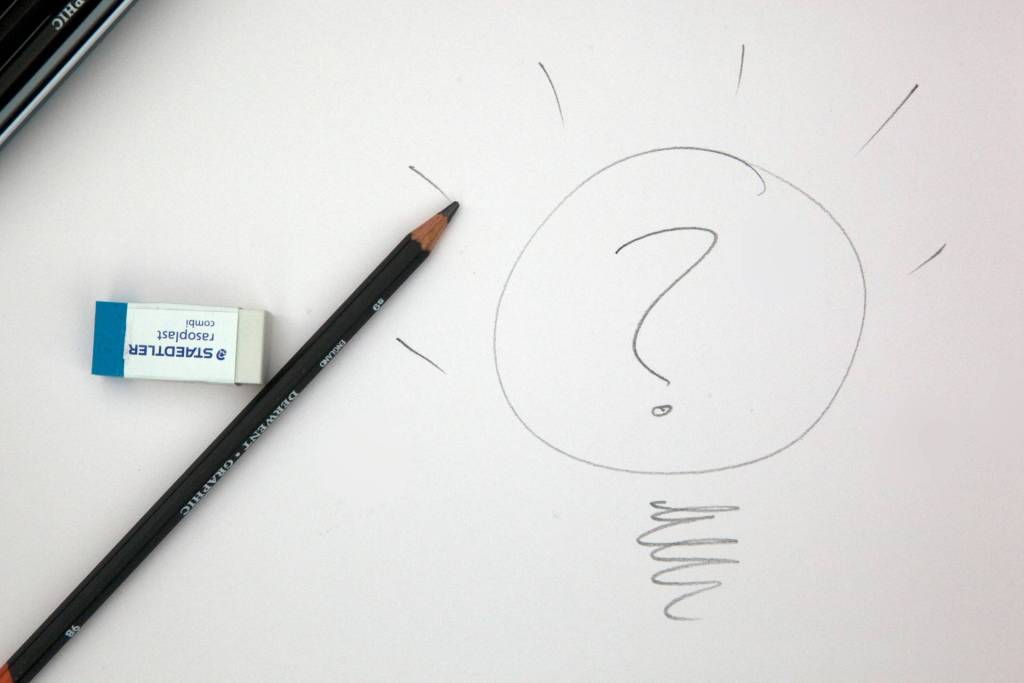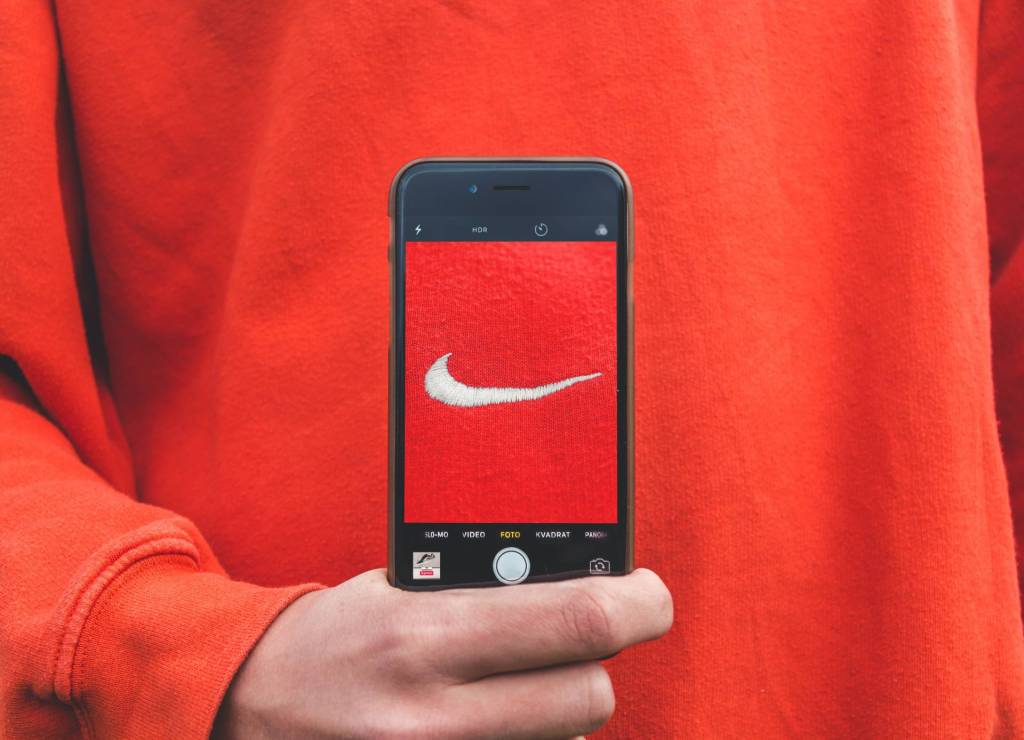Branding by an influencer is critical to the success of any personal brand when it comes to marketing. Always put a name and face to things!
Marketers who want visibility on Instagram face many challenges when using the platform to their advantage.
There are many problems and challenges associated with Instagram influencer, or branding, marketing. These include finding the right influencer and keeping track of their activities. It also entails spotting fakes, measuring performance, and managing marketing expenses.
Instagram boasts over 1 billion monthly active users. This makes it a promising platform to generate leads and sales.
Marketers who use Instagram have multiple benefits. These include insights and feedback from customers. It also includes trackable leads, high engagement rates, and the possibility to reach untapped markets that others miss.
Finding the Right Influencer
Marketers face one of the most difficult challenges: identifying the right influencer. The Influencer Marketing Benchmark Report shows that 56% of brands believe it is difficult to find the right agent to influence others. Worse, 22% say it is very difficult.
The report showed that there was an improvement in statistics for 2020. However, marketers still struggle to find the right ambassador for their target market.
Influencers post on a variety of topics. These topics can include fashion, travel, diabetes, lifestyle, and the pandemic dog boom. A father, pet lover, or sports star can all be an influencer.
How would you classify them? Would you consider putting them in a category like parenthood, lifestyle, or sports? Or should you just be focusing on the categories first? Is it better to use an agency that has a lot of contacts or an influencer platform with thousands of profiles?
Finding the right influencer is not an easy task. It depends on your niche, your budget, and whether you are looking for marketing at scale.
Two Types of Influencer Fraud
Two types of influencer fraud are impostors or fake followers.
Instagram users pretending to be influencers are called impostors. They create the appearance of authenticity by using fake followers and posting high-quality photos. They are unlikely to achieve results as they don’t have any influence over users.
Both fake followers and genuine influencers can use fake followers to grow their audience.
Other common tactics include engaging with Instagram comment pods, buying likes, story views, comments, and stories from click farms.
Instagram marketers face a challenge in preventing influencer fraud. The State and Future of Influencer Marketing 2020 benchmark report shows that 68% of marketers have been victims to influencer fraud in 2019. Mediakix’s 2019 report shows that fake followers and inauthentic engagement are the top challenges for Instagram marketers. A full 50% of Instagram marketers face the challenge of spotting fake followers and inauthentic engagement.
How can you determine if your followers are genuine or fake? You should be wary of spammy or irrelevant comments and posts. Be quick to spot a low follow-to-engagement ratio and limited profile information.
Tracking Influencer Activities
Brands can track activities to find out if and how many influencers have reached out to them. Monitoring activities can prove difficult for businesses that want to market multiple products or work with many influencers on a variety of topics.
There are many tools available to help you keep track of influencer activity and messages.
Marketing software can be used to identify and track influential ambassadors as well as collaborate on deliverables. Ask your influencers to promote a product or give a coupon code to their subscribers or followers. This will allow you to differentiate sales and leads from marketing to a wider audience generated by your influencer campaign.
Assess Campaign Performance
Linqia’s 2021 report shows that measuring ROI and performance is a major concern for 65% of marketers. Half of the respondents (51%) also stated that running influencer campaigns takes a lot of time.
Knowing your goals is key to measuring success. You might want to track how many people sign up for your email list if you are generating leads. You can track performance indicators like impressions and page views if you want to increase brand awareness.
Management of Marketing Expenses
According to the 2019 Mediakix report, 38% of brands are concerned about managing marketing expenses. Influencer costs are rising.
In addition to growing demand, costs are also driven up by the fact that platforms and tools have become more sophisticated and evolved.
You can manage expenses by evaluating the effectiveness of your marketing campaigns. Try to be more selective in how you use resources. You can learn to make better decisions when partnering with agencies, platforms, and influencers.
The marketing costs will be higher if your influencer has more followers. The impact rate of ads is also affected by how they are promoted and cross-posted. It’s also affected by how much effort you put in, how many posts are required, and whether you require posts with audio, video, or images.
Summing Up
Influencer marketing, a relatively new area of digital advertising, is still experiencing many problems. Finding the right influencer, keeping track of activities, spotting fraud, measuring effectiveness, and increasing influencer costs are some of the biggest challenges.
Marketers can be prepared to address the challenges brands face in order to increase visibility and follower engagement. Brands face challenges every day, but it is how they respond to them that determines their success.













